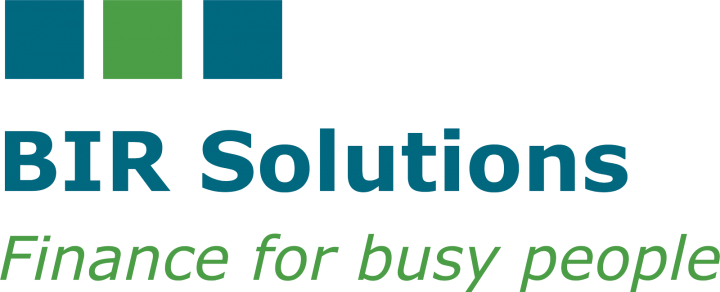Interest – what is it?
Understanding interest rates loan is key to managing borrowing costs. The rate affects your total loan repayment, with longer terms often leading to higher interest payments.
Interest rates reflect the price of money. The interest rate ‘price’ factors in a large number of variables including the lenders’ competitive environment and their need to be profitable.
Unlike most transactions with a supplier, your financial umbilical cord with a lender lasts a very long time – often up to 30 years. This element of time differentiates a lending product from most other consumer products. When you borrow money from a lender, there is an expectation by the lender that you will pay them back in full on the terms you have agreed and that you will also pay them ‘the price’ – or interest charges – for borrowing their money over the term of the loan.
Whilst it is arguable the ‘time risk’ reduces as years go by as property prices tend to increase and loan balances tend to decrease, there is an inherent risk, particularly in the early years of a loan. Lenders protect themselves from the potential risk of handing over large quantities of money by adding a margin on the interest rate they charge. Some won’t lend to particular types of borrowers because of the perceived risk.
What we know about interest
1. The longer the term of your loan, the more you will pay in interest. Interest rates matter, but so does the term of your loan. That is why when you consolidate your debts from higher interest credit cards into your lower interest home loan, it is important to pay off the debt you consolidated into your home loan as quickly as possible. If you pay it off over the full term of your home loan, you may well end up paying more in interest than if you paid it off over a much shorter period at higher interest rates.
For example, a credit card/personal loan debt of $100K incurring interest charges of 18% pa, will incur an interest expense of $18K over 12 months. The same debt, paid off over 25 years as part of your home loan at 3.0% pa, would cost $42K in interest . Even allowing for the ‘time cost of money’ (i.e. a dollar today is worth more than a dollar in the future), this is a large difference.
It is also why paying additional amounts or slightly higher amounts each month than you are contractually obligated to pay is recommended. You will reduce your principal more quickly and thus pay less total interest.
For example, a $750K loan paid off over 25 years on a P&I basis at 3.0% pa interest, will incur $317K in interest charges. If the loan term is 20 years, with the same interest rate, the interest charges will be $228K – $89K less.
2. Interest is the main expense charged by a lender. But it is not the only one. Whilst other costs such as monthly fees and charges, annual establishment fees etc might appear minor, they still have to be paid.
3. Interest rates change over time. Even fixed rates are only for a limited time (generally up to a maximum of five years). When you enter into a loan agreement with a lender, make sure you can afford the loan and allow for any increases in the interest rate. Our interest rates are at historical lows but less than 10 years ago rates for home loans were in the high single digits. And, for those old enough to remember ‘the recession we had to have’ in the early 1990s, you will recall rates of well over 15% pa with the highest rates an eye-watering 20%+!
Schedule a time here:
Check our other blogs!


